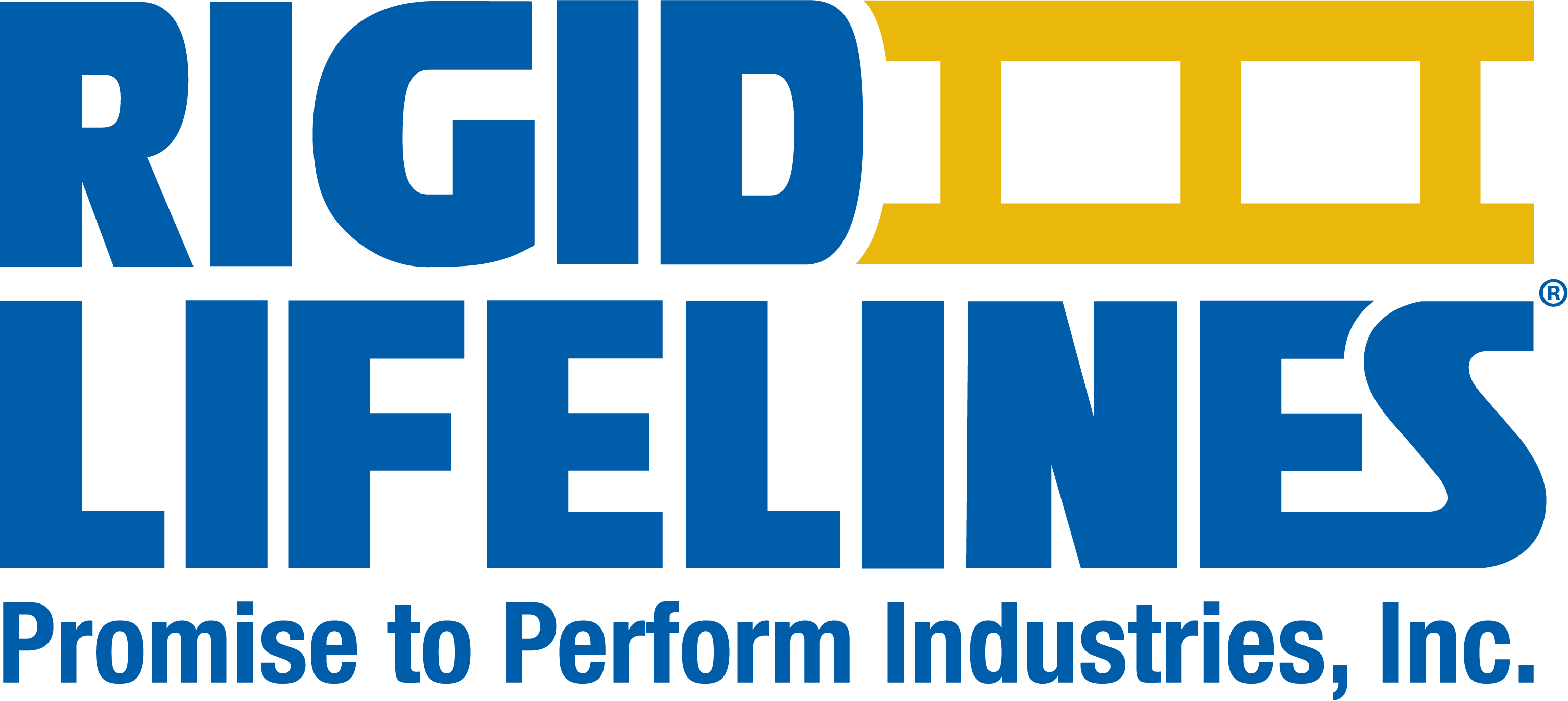
What is Galvanization?
April 25, 2025
Here at Rigid Lifelines™ we frequently recommend that customers have their fall protection system galvanized as a way to fight corrosive environments and extend the overall life of the system. In general industry the term “galvanized” is typically used in reference to metals, in particular steel.
The terms “galvanic” and “galvanization” once referred to the application of electrical shocks or pulses to produce a response in an organism, however, the term colloquially refers to the process of electrodeposition, which is the application of a non-porous coating (commonly zinc) to the surface of a conductive material (typically iron, steel, or aluminum). Electrodeposition was first patented in France in 1836 as a method for coating iron with zinc. The process of electrodeposition can be accomplished through two methods, hot-dip galvanizing and thermal diffusion galvanizing.
 Many people are familiar with the texture of galvanized steel, commonly seen on everyday things like trash cans and highway guardrails.
Many people are familiar with the texture of galvanized steel, commonly seen on everyday things like trash cans and highway guardrails.
Hot-Dip Galvanizing
This method of galvanization involves passing a metal through a bath of molten zinc that has been heated to about 860 ºF or 460 ºC. At this temperature, the zinc reacts with the oxygen and carbon dioxide in the surrounding air, forming a protective, non-porous layer of zinc carbonate around the treated metal. Zinc carbonate will greatly extend the life of the metal to which it is bonded. The finished product retains the strength of the steel, but is also highly resistant to corrosion.
Sherardizing (Thermal Diffusion Galvanizing)
In this process (the standard method used in Europe and Great Britain), the object to be galvanized is heated in a vacuum and either exposed to zinc powder or vapor from molten zinc, binding the coating to the targeted material. It is commonly used to treat smaller or irregularly shaped metal parts, and the corrosion resistant benefits are the same as hot-dip galvanizing.
Advantages and Applications
The advantages of galvanized metals are clear, especially when the finished product is to be used in a harsh outdoor environment, like exposure to acid rain, sea water, or road salt. In the industrial setting, galvanization also helps protect steel from potentially damaging chemicals, solvents, and detergents. Galvanized steel is both affordable and recyclable. Galvanized metals can be found in the automotive, air transportation, oil and refining, mining, and building and construction industries.
Originally Posted 8/19/2011
Categories
Share this post
Let us help you
Contact us today to find the perfect product fit for your job
